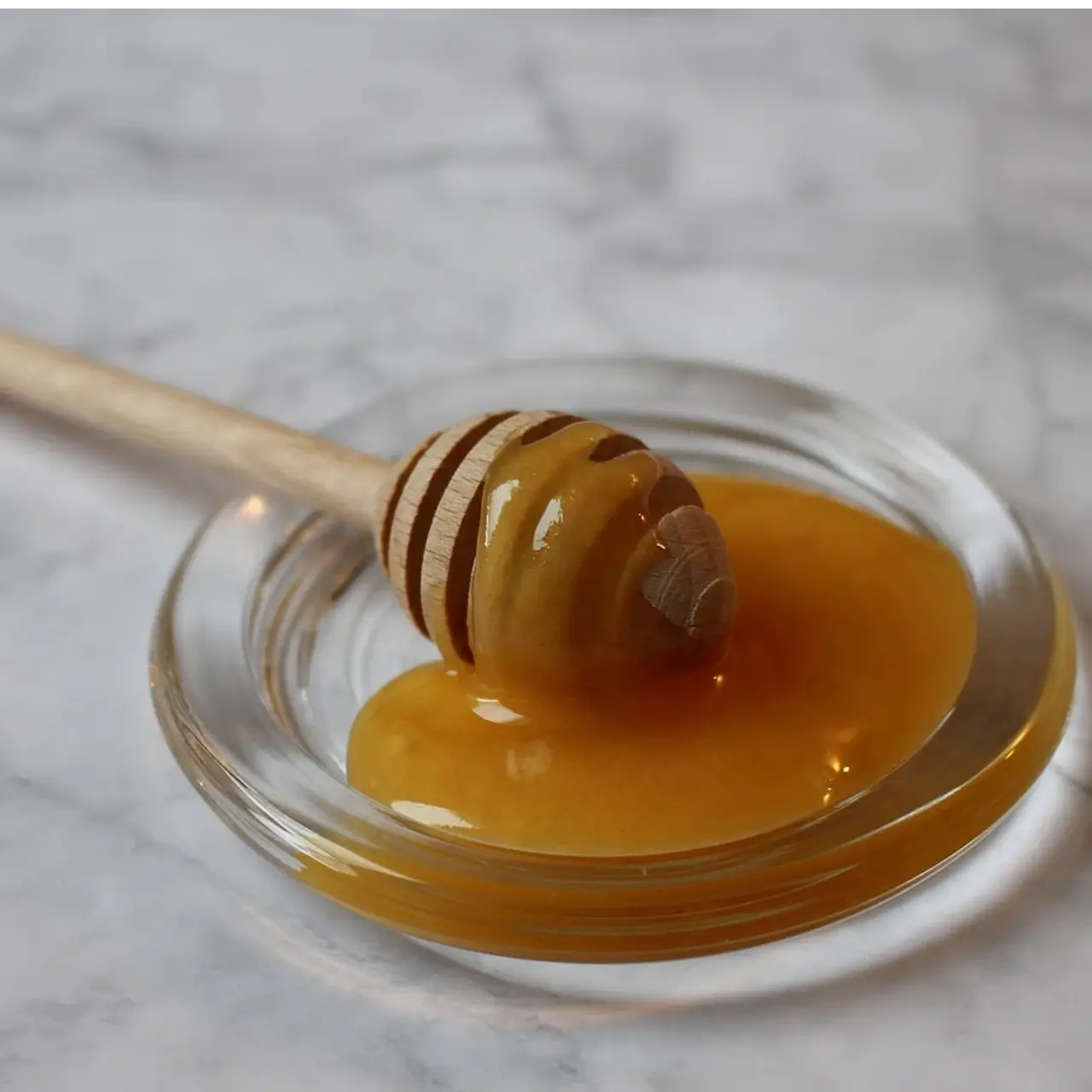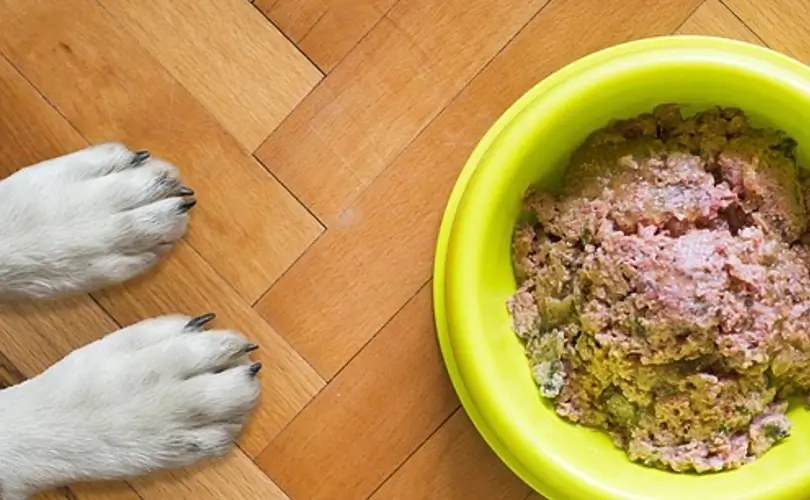Honey has demonstrated potential as a natural therapy for wound healing due to a number of its qualities, including the following:
Honey’s natural hydrogen peroxide content and other components help fight bacteria that can impede healing or cause infections. The presence of hydrogen peroxide enhances honey’s antibacterial activity.
Moist Wound Environment: Wound healing is complicated and detailed and requires a favorable environment to facilitate faster healing. Moisture is essential for this process. Maintaining a moist wound bed is one of the most critical aspects of generating an environment conducive to wound healing. Honey, a natural medicine that efficiently promotes wound healing, comes into play here.
Since ancient times, honey has been utilized as a natural medicine for a wide range of diseases, including wound healing. Several studies have demonstrated that it possesses antibacterial characteristics, which aid in preventing wound infections. Another benefit of this treatment is creating a moist environment around the wound, which is needed for tissue repair and the acceleration of the healing process.
Because it contains natural enzymes that aid in healing, it is a beneficial medication for wound treatment.
When a wound is dry, the healing process slows down, raising the danger of scarring and infection. Additionally, the risk of infection is lower. Honey, on the other hand, helps to maintain the wound’s moisture level, which in turn encourages the growth of new tissue and inhibits the formation of scabs. This helps lower the risk of scarring and promotes faster and more rapid healing.
Additionally, it has been discovered that honey contains natural enzymes that aid in healing. These enzymes facilitate the breakdown of dead tissue and promote the creation of new tissue. This enables the healing process to proceed more quickly and lowers the likelihood of complications.
Because of its antimicrobial qualities and capacity to create a moist wound bed, honey is an efficient natural medicine for wound healing. In conclusion, honey is a natural remedy for wound healing. It can hasten the healing process and lessen the likelihood of scarring and infection.
Because it contains natural enzymes that aid in healing, it is a beneficial medication for wound treatment.
Honey may help reduce inflammation surrounding the wound site, promoting faster healing and lessening pain. Honey may also help relieve discomfort and promote faster healing.
The Role of Honey in the Healing Process of Wounds
Honey of a medicinal-grade is often utilized for wound healing in clinical settings. This particular variety of honey is subjected to processing and testing to guarantee its sterility and maintain its quality. This is one possible application of it:
A healthcare practitioner would apply a sterile dressing coated with medical-grade honey directly to the wound bed.
Honey-impregnated gauze: A wound dressing could be made from sterile gauze infused with professional medical-grade honey.
Notes to Take Into Account:
Honey may be effective in the healing of wounds; nevertheless, it is not a substitute for the care provided by a qualified medical expert. It is essential to consult a medical professional regarding wound examination and treatment.
Honey cannot treat all wounds. Different treatment methods may be required for burns, deep wounds, and wounds with severe tissue damage.
Honey should not be applied to wounds and should be avoided by individuals allergic to bee stings or pollen.
Honey, when applied correctly and under the supervision of a trained medical practitioner, has the potential to be a practical and helpful instrument in wound healing. However, it should be utilized in conjunction with traditional medical treatment and not as the primary form of therapy.

Dominic E. is a passionate filmmaker navigating the exciting intersection of art and science. By day, he delves into the complexities of the human body as a full-time medical writer, meticulously translating intricate medical concepts into accessible and engaging narratives. By night, he explores the boundless realm of cinematic storytelling, crafting narratives that evoke emotion and challenge perspectives.
Film Student and Full-time Medical Writer for ContentVendor.com




